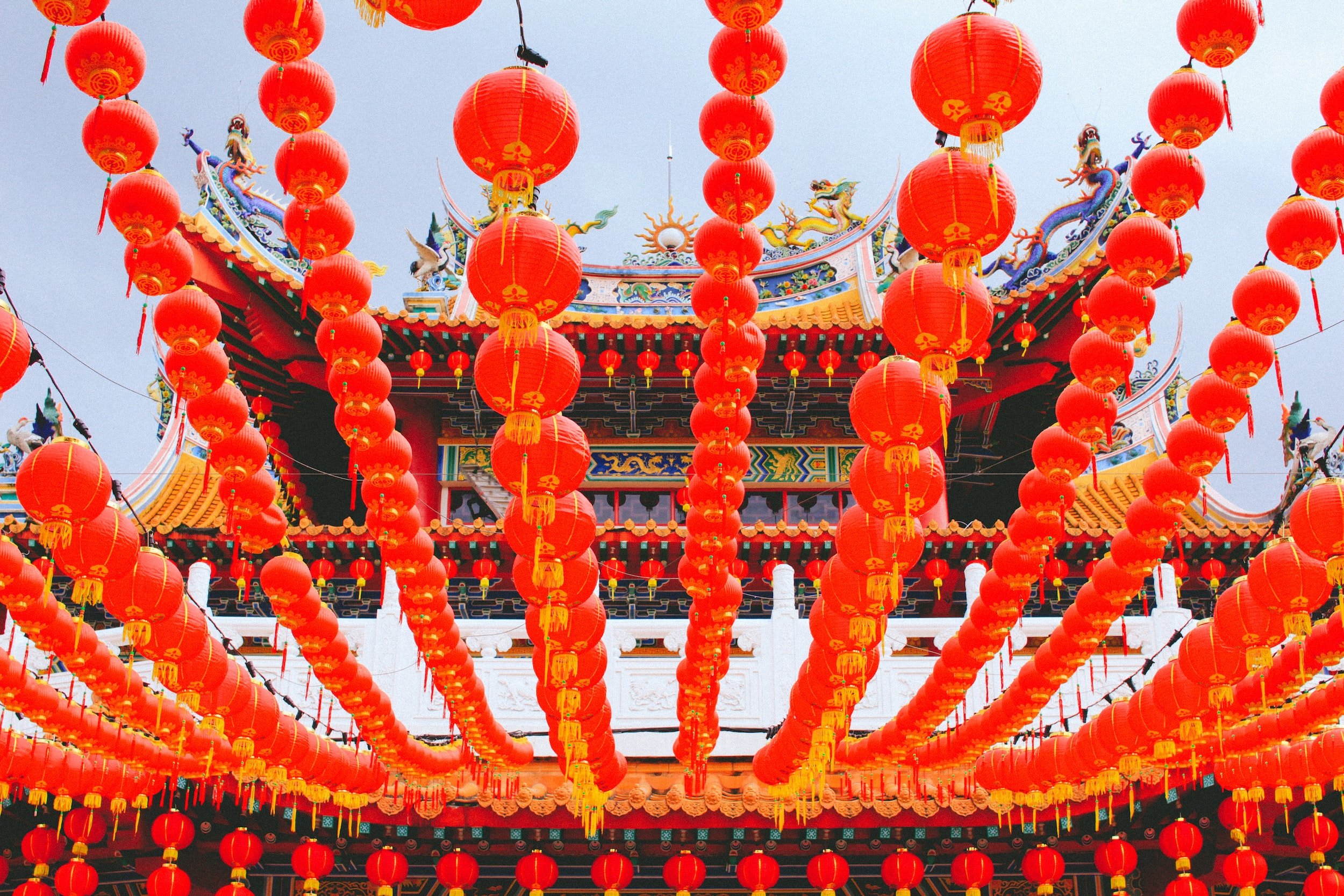
When [Peter and John] were released, they went to their friends and reported what the chief priests and the elders had said to them. And when they heard it, they lifted their voices together to God and said, “Sovereign Lord, who made the heaven and the earth and the sea and everything in them, who through the mouth of our father David, your servant, said by the Holy Spirit,
“‘Why did the Gentiles rage,
and the peoples plot in vain?
The kings of the earth set themselves,
and the rulers were gathered together,
against the Lord and against his Anointed’—
for truly in this city there were gathered together against your holy servant Jesus, whom you anointed, both Herod and Pontius Pilate, along with the Gentiles and the peoples of Israel, to do whatever your hand and your plan had predestined to take place. And now, Lord, look upon their threats and grant to your servants to continue to speak your word with all boldness, while you stretch out your hand to heal, and signs and wonders are performed through the name of your holy servant Jesus.” And when they had prayed, the place in which they were gathered together was shaken, and they were all filled with the Holy Spirit and continued to speak the word of God with boldness.
Acts 4:23-31
Through this prayer, we perceive the reality of these early church believers. We have seen why they pray; now we turn to look at how they pray. Both these things show the reality they experienced. Through their prayers, we can almost feel the heavenly nature of the church.
Never miss a story
I want to draw your attention to the ending of this prayer. After the believers prayed, they are filled with the Holy Spirit and speak God’s word with boldness. In their prayer, they quoted David and said that David was speaking through the Spirit. Now, as a result, the Spirit is fueling their current reality. Chapters 2 through 8 in Acts are always speaking of the Spirit, who is wisdom itself.
>
”“After his coronation, Christ poured this Spirit out into his church. This is a blessing of living in this end age. When we pray, we pray in the Spirit.”
When the believers’ prayer is finished, in vv. 31-32 Peter goes on to explain the result of Jesus’s resurrection and ascension: “This Jesus God raised up, and of that we all are witnesses. Being therefore exalted at the right hand of God, and having received from the Father the promise of the Holy Spirit, he has poured out this that you yourselves are seeing and hearing.” When we look to see how the believers are praying, we see they are praying in the Spirit and by relying on the Spirit. This shows the church’s heavenly nature.
The significant difference of the New Testament church as opposed to God’s people in the Old Testament is that now the king—the second Adam, a human—has ascended into heaven and sits on the throne of David. This throne was intended for the first Adam, but Jesus Christ, the second Adam, achieved it. By doing this he poured out the Spirit to us. The believers of the Old Testament never had this kind of blessing, because they never had an Adam sitting on the throne, and they never had the reality of the Spirit here on earth.
These verses show us that, after his coronation, Christ poured this Spirit out into his church. This is a blessing of living in this end age. When we pray, we pray in the Spirit.
We also see that the pouring out of the Spirit is not only the Spirit being poured out. In John 16:17, Jesus said: “A little while, and you will not see me, and again a little while, and you will see me.” Jesus Christ returned to his church by the Spirit, as he himself became the life-giving Spirit. 1 Corinthians 15:45 says “the last Adam became a life-giving Spirit.”
Jesus returned because Christ and the Spirit, jointly functioning, work together as one in the work of salvation. Whatever we do, we the New Testament-era church, are led by the Spirit and by Jesus Christ. We are in the Spirit and by the Spirit. These believers are praying in the Spirit and by the Spirit. Christ is ruling and leading the church with the Spirit.
The descent of the Spirit to us, the church, implies to some extent the simultaneous ascent of the church into heaven. This ascent also takes place by the work of the Spirit. We see this mentioned throughout the New Testament. Colossians 3:1 says, “If then you have been raised with Christ, seek the things that are above, where Christ is, seated at the right hand of God.” Ephesians 2:6 says that we have been raised up with Christ and seated with him in heaven. By the Spirit, we can ascend to heaven.
>
”“All of their suffering is ultimately about who the king is. The church never shrinks and never retreats; the conflict is about how the king will be proclaimed…Every threat the church faces is actually an attack on the king himself. ”
For the same reason, when we have communion, the blood and bread is Christ’s blood and bread. This is not by transubstantiation, but because the Spirit unites that bread and wine with Christ.
Here in Acts, the early church is praying by the Spirit. For the same reason, each local church is only a temporal and spatial manifestation of the heavenly Jerusalem on earth. When we see one church, we see the whole new Jerusalem. Each local body is only a scaffolding meant for the here and now; it is not perfect. Eventually, we will see the true reality of the heavenly Jerusalem on earth.
This is the heavenly nature of the church. By this heavenly nature, the church is praying. As they pray, these believers have an experience, in the Spirit, of ascending to heaven itself. This is how they are praying.
Because of the twin realities of Christ’s lordship and the heavenly nature of the church, the church is faithfully obedient in the Spirit. Their obedience was the result of their faith in these two realities. The early church clearly saw that what was at stake was Jesus Christ and his church. When they pray, they say, “do whatever your hand and your plan had predestined to take place. And now, Lord, look upon their threats and grant to your servants to continue to speak your word with all boldness.”
They so naturally identified themselves with Christ that, when they talk about Christ’s persecution, they very naturally continue on and, without stopping, speak of their own experience. Their suffering is a continuation of what Christ experienced; in their own bodies, they fill up the lack of the suffering of Christ. They are asking that, even as God sees the threats they face, he will give them the ability “to continue to speak your word with all boldness.”
>
”“A Chinese brother told me only last night: their identity is not that of the persecuted church. Their identity is the church of Christ, and as such they participate in the sufferings of Christ. These churches in China understand that through their suffering Christ’s earthly kingdom advances, encounters the world, and calls it to repentance.”
All of their suffering is ultimately about who the king is. The church never shrinks and never retreats; the conflict is about how the king will be proclaimed. Even the worst persecution of Jesus is a reaction to God’s reign and his plan of salvation. Every threat the church faces is actually an attack on the king himself.
As they face these threats, the church asks for courage, not for God to remove them from their suffering and lead them somewhere else. Eventually God will send them out of Jerusalem and into Antioch, but this is not what they asked for. Instead, they are asking for boldness to fulfill the church’s mission: witnessing to the king. They ask the Holy Spirit for power to testify to this reality.
As we consider the story of the New Testament church, so the churches in China clearly see that, in their faith and in their worship, they are only accountable and submissive to Christ. He alone is their king. Chinese churches are willing to bear the consequences of their disobedience to any government attempts to demand their love and allegiance. They see any unjust punishment or harm which they might receive from the government as a glorious mark of their eternal freedom and heavenly citizenship.
Chinese churches believe that, if they are being persecuted, it is the mark of their heavenly citizenship. As a Chinese brother told me only last night: their identity is not that of the persecuted church. Their identity is the church of Christ, and as such they participate in the sufferings of Christ.
These churches in China understand that through their suffering Christ’s earthly kingdom advances, encounters the world, and calls it to repentance. Through the mark of the suffering of the church in China, Christ’s lordship will be advanced and the world will be confronted by this heavenly kingdom.

Join our prayer movement
Join us as we pray for the house church in China by using the Psalms to guide us. We send out weekly prayer emails and a monthly newsletter so that you can better reflect and pray for our brothers and sisters in China.
Muxi Zhang is a pseudonym for a China ministry veteran who has in-depth and extensive ministry experience.
FOR PRAYER AND REFLECTION
Pray for the church in China to remember her identity as a citizen of heaven, and to remain faithfully obedient in the power of the Holy Spirit.


































